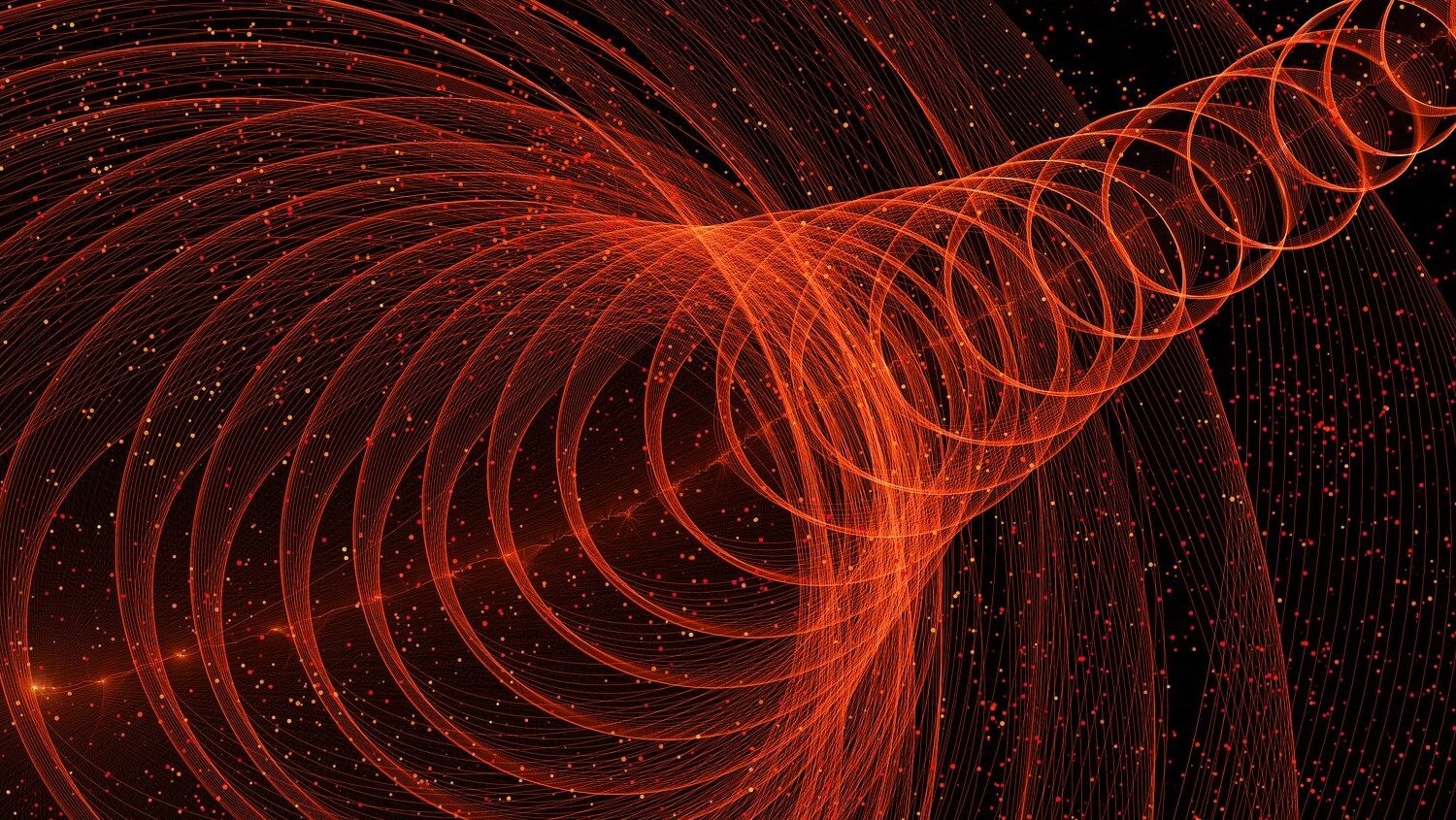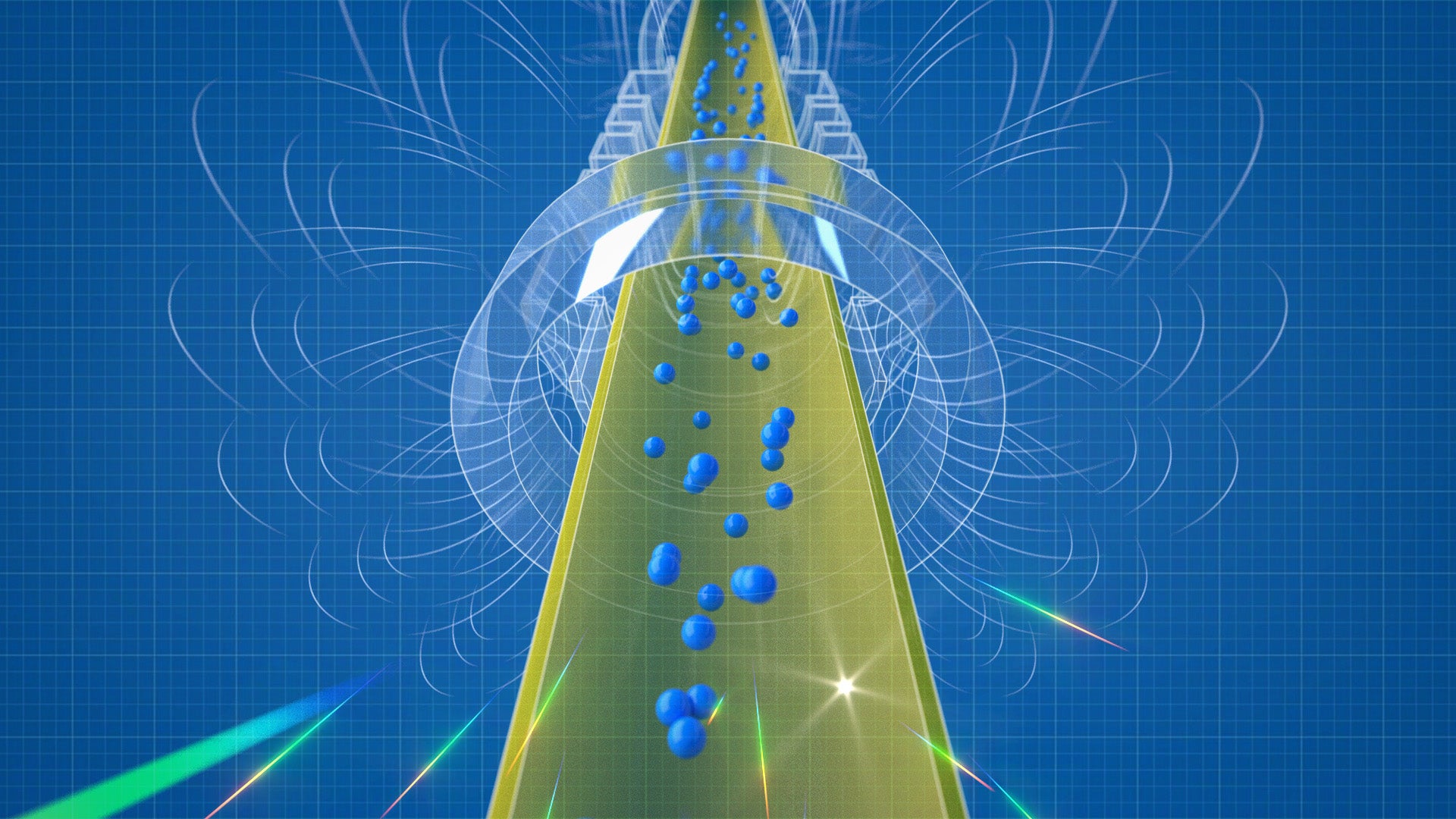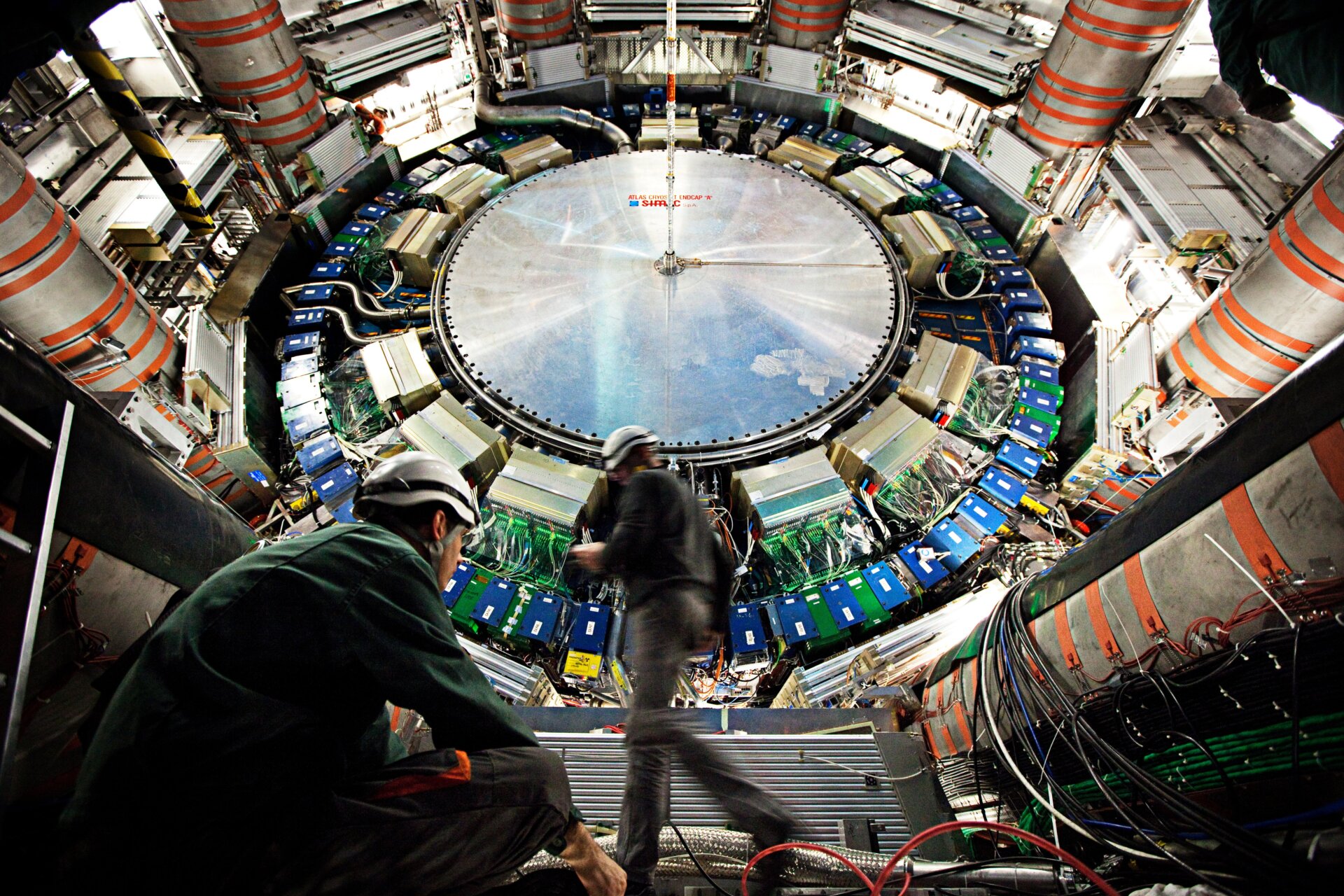The hypothetical faster-than-light particle known as the tachyon may marry with the special theory of relativity, according to a team of physicists, making its existence more plausible.
What the hell is a tachyon?
Tachyons are a type of hypothetical particle, meaning their existence remains a matter of speculation. The tachyon is also proposed to be superliminal, meaning it always travels faster than light. A hypothetical, superliminal particle… we pray that Lin-Manuel Miranda never makes a musical about exotic physics.
There is no evidence that tachyons exist, as is the case with plenty of particles proposed to make up our universe. Some physicists believe tachyons exist because they would offer solutions to certain problems in particle physics and field theories. But the recent team’s research, published this week in Physical Review D, claims that previous doubts of tachyons’ plausibility were unfounded.
Special relativity and the limit of lightspeed
In 1905, Einstein produced his theory of special relativity, which describes the relationship between space and time (E=mc2—sound familiar?). A fundamental part of the theory holds that the speed of light can be approached, but not reached, by material objects.
Unlike other hypothetical particles such as axions and dark photons—both types of dark matter candidates which are not proven to exist—there are several reasons why tachyons may not exist. For one, according to a University of Warsaw release, the ground state of the tachyon field was thought to be unstable. Additionally, depending on the observer’s position, a different number of particles would be observed, and lastly, the particles’ energy could assume negative values. In the recent work, the team posit that the issues with the particle could be resolved by knowing both the initial and final states of the system. In that case, the “tachyon theory became mathematically consistent,” the release stated.
The new research also conjures up “a new kind of quantum entanglement” that mixes past and future, the university release stated, which does not exist in conventional particle theory. “The idea that the future can influence the present instead of the present determining the future is not new in physics,” said Andrzej Dragan, a physicist at the University of Warsaw and co-author of the paper, in the release. “However, until now, this type of view has at best been an unorthodox interpretation of certain quantum phenomena, and this time we were forced to this conclusion by the theory itself.”

But nothing can move faster than light…right?
The short answer is no, nothing can exceed the speed of light: 983,571,056 feet per second, or 299,792,458 meters per second. The longer answer is that it’s complicated; for example, quasiparticles created by clouds of electrons act as if they travel faster than light, though they do not.
And while we’re musing on hypotheticals: If some other intelligent beings in the universe have figured out how to travel faster than light, evidence of their triumph may be detectable in the gravitational ripples produced by their technology, as proposed by a recent team of physicists.
Like the tachyon itself, the work is very speculative. But such is the domain of these hypothetical particles. Researching stuff that moves faster than light was always going to require some imagination.














